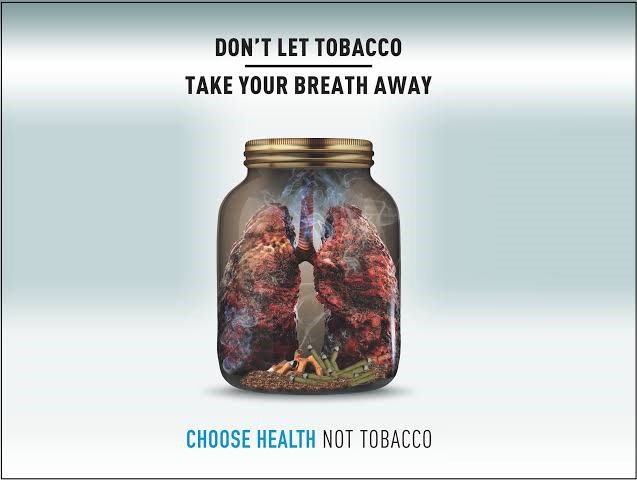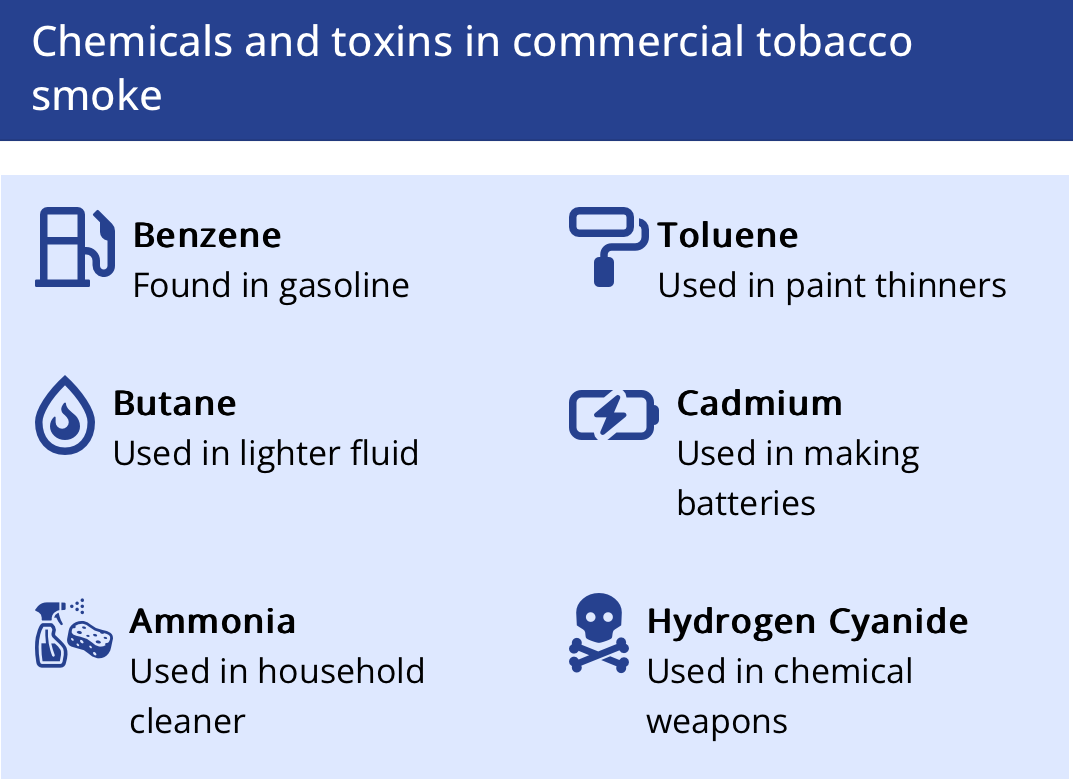Free Courses Sale ends Soon, Get It Now


Free Courses Sale ends Soon, Get It Now



Image source: The Hindu, Disclaimer: Copyright infringement not intended.
Context:Bengaluru finds special mention in a World Health Organisation (WHO) report on tobacco control measures released Monday.
Findings of the report
Positives
Negatives
India specific findings
About MPOWER
Secondhand Smoke
Why is secondhand smoke harmful?
Here are just a few of the chemicals and toxins in commercial tobacco smoke:

Way ahead:
|
PRACTICE QUESTION Q. Consider the following statements:
Which of the above statements are correct regarding the impacts on second hand smoke in children?
Ans: C |
© 2024 iasgyan. All right reserved